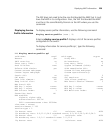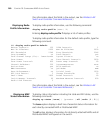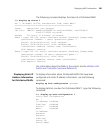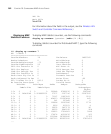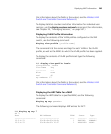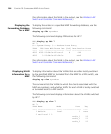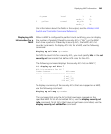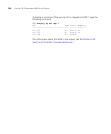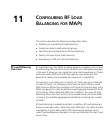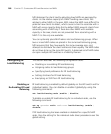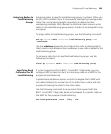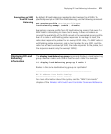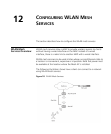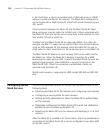
11
CONFIGURING RF LOAD
BALANCING FOR MAPS
This section describes the following configuration tasks:
Disabling or re-enabling RF load balancing
Assigning radios to load balancing groups
Specifying band preference for RF load balancing
Setting strictness for RF load balancing
Exempting an SSID from RF load balancing
RF Load Balancing
Overview
RF load balancing is the ability to reduce network congestion over an area
by distributing client sessions across the MAP with overlapping coverage
in the area. It allows you to provide the same client experience as if there
were one nearby MAP with sufficient capacity, even when the total
demand of nearby clients exceeds the capacity of a single MAP.
For example, in an auditorium or lecture hall, there may be a substantial
number of clients in a relatively small amount of space. While a single
MAP may be sufficient for providing an RF signal to the entire area, more
MAPs are required in order to deliver enough aggregate bandwidth for all
of the clients. When additional MAPs are installed in the room, RF load
balancing allows the client sessions to be spread evenly across the MAPs,
increasing the available aggregate bandwidth by increasing the number
of MAPs.
RF load balancing is enabled by default. In addition, RF load balancing is
done on a per-radio basis, rather than a per-MAP basis. For radios that are
managed by a given radio profile, MSS automatically assesses which
radios have overlapping coverage in an area and balances the client load
across them.



